Is It Truly ‘Aus’ with Auslese?
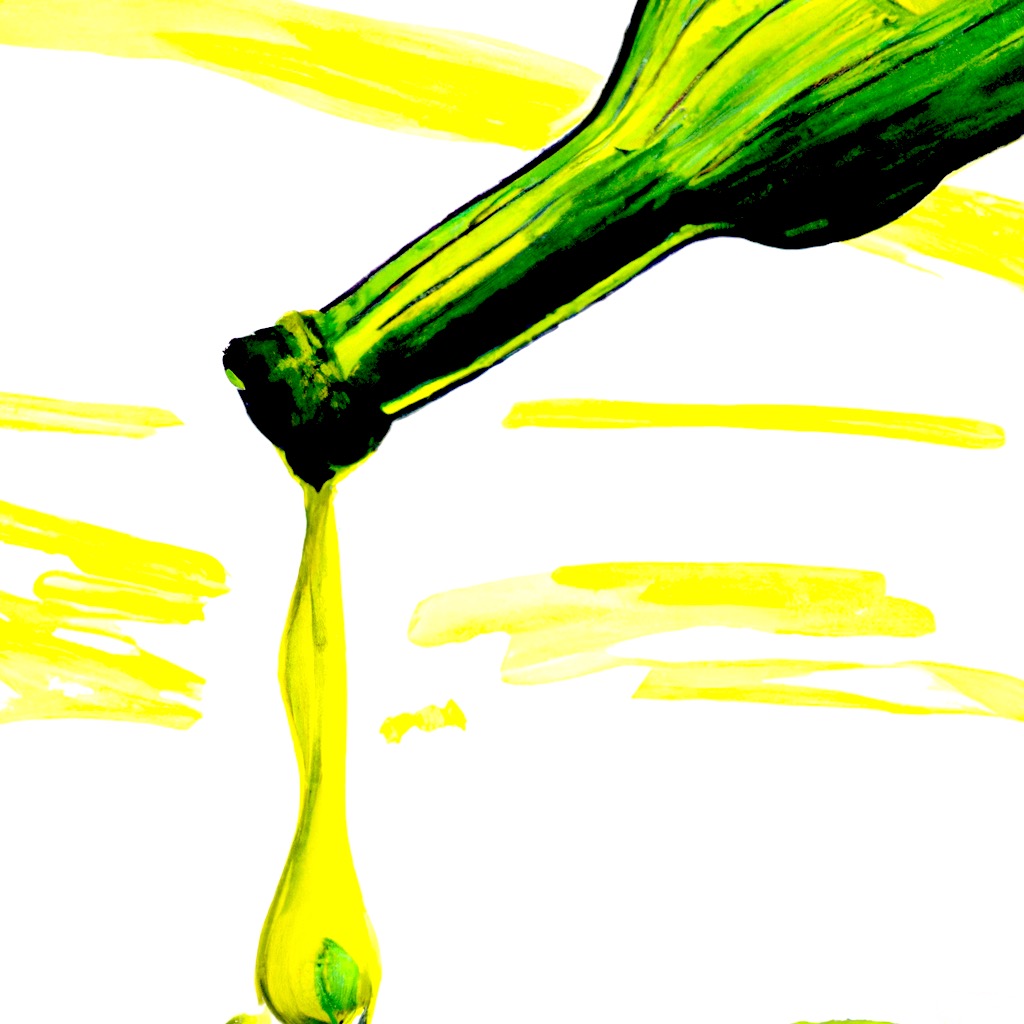
With production levels dwindling, many German wine circles are asking the uncomfortable question “Is Auslese finished?” David Schildknecht answers.

With production levels dwindling, many German wine circles are asking the uncomfortable question “Is Auslese finished?” David Schildknecht answers.
Writer
David Schildknecht trained in philosophy and worked as a restaurateur before spending a quarter century in the U.S. wine trade. His tasting reports, ones from Austria and Germany prominent among them, have since the late 1980s been fixtures of Stephen Tanzer's International Wine Cellar; Robert Parker's Wine Advocate; and, since 2015, Vinous. A columnist and feature contributor for Wine & Spirits, The World of Fine Wine, and Austria’s Vinaria, he is responsible for the German and Austrian entries in the The Oxford Companion to Wine and a co-author of the 7th edition of Robert Parker's Wine Buyer's Guide. David has also addressed issues of aesthetics in contexts academic and otherwise, and his life in wine leaves time to pursue his passions for cooking, music, history, and his infinitely tolerant wife of five decades.
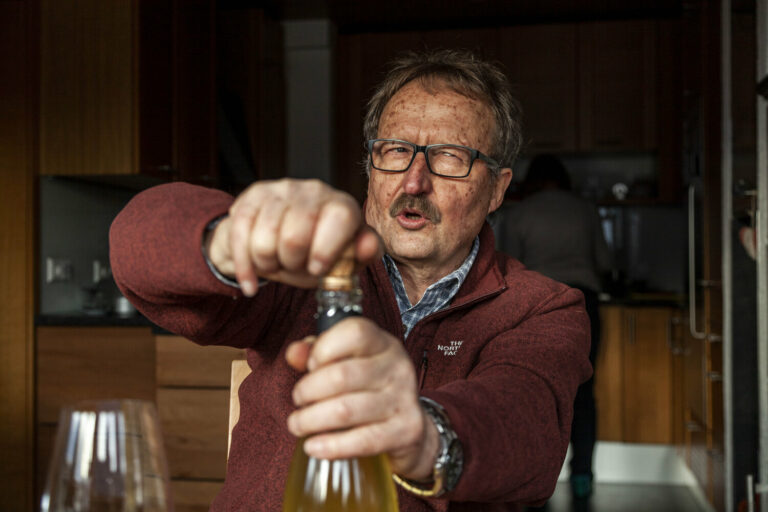
Those who go on the hunt for modern Württemberg may be surprised by what they find on the journey. In this stretch of southern Germany, many things work differently. Swabians have their own take on cool. Here you’ll meet a grower from the hip-hop scene who has the region’s traditional wine mug inked as a tattoo. You’ll bump into a start-up winery launched with crowdfunding. And you’ll land at the door of one of Germany’s hippest growers, 68-year-old Helmut Dolde of Linsenhofen. DOLDE Dolde wears a walrus mustache and, on the day of my visit, a cap someone gave him that says “Wine in…...
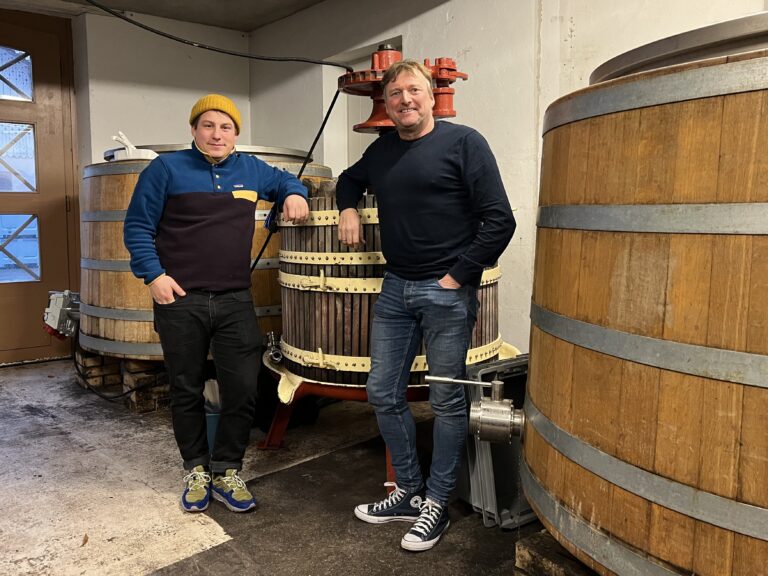
A Swiss winery benefits from the touch of the master of Markgräflerland.
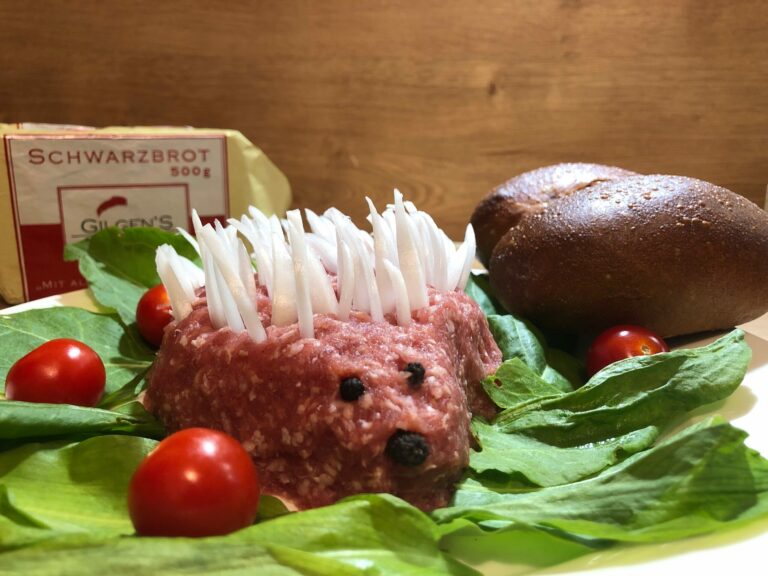
Raw pork is the umlaut answer to the American molded potato salad or ham-and-bananas hollandaise.
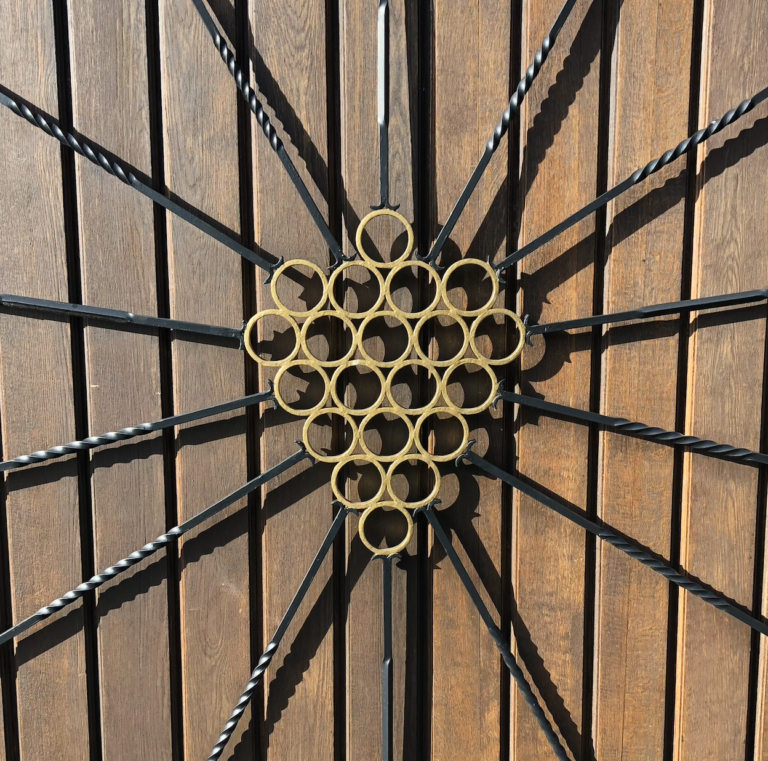
Franken was slower to wake up the wine counter culture revolution in Germany, but young growers are now more than making up for lost time.
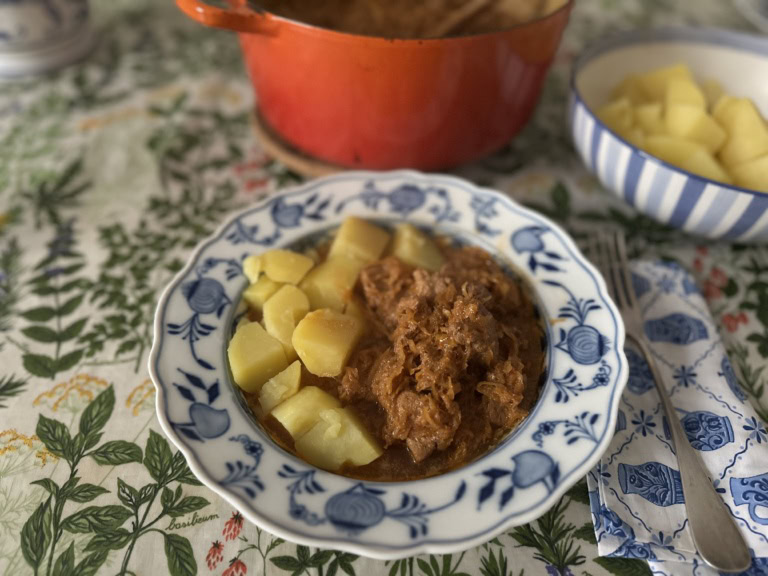
Luisa Weiss's recipe (and pairing) for a heartwarming bowl of gulasch and Gemütlichkeit in Germany's capital city.
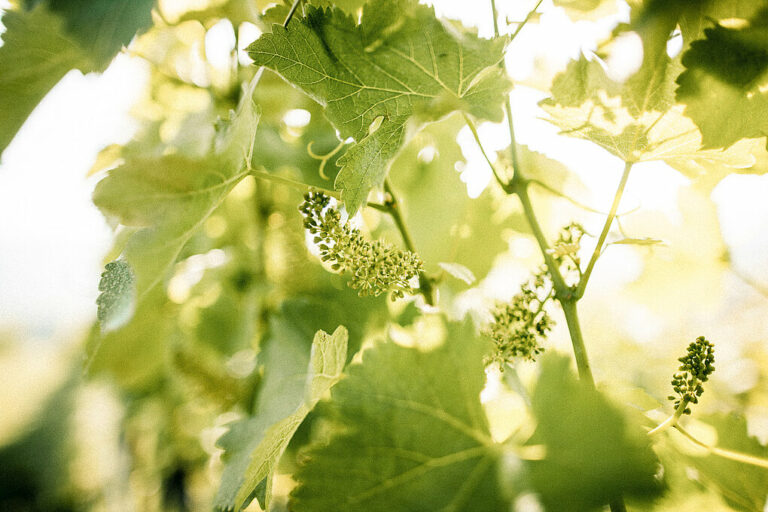
Pinot Blanc is neither a distinctive cépage nor a particular grape variety – at least, not from the viewpoint of ampelography or genetics. And what there is of pure Pinot Blanc worldwide is nearly all rendered in German-speaking growing regions where it is typically known as Weissburgunder.
Enjoy unlimited access to TRINK! | Subscribe Today